 Fred's ImageMagick Scripts
Fred's ImageMagick Scripts
Copyright © Fred Weinhaus My scripts are available free of charge for non-commercial (non-profit) use, ONLY. For use of my scripts in commercial (for-profit) environments or non-free applications, please contact me (Fred Weinhaus) for licensing arrangements. My email address is fmw at alink dot net. If you: 1) redistribute, 2) incorporate any of these scripts into other free applications or 3) reprogram them in another scripting language, then you must contact me for permission, especially if the result might be used in a commercial or for-profit environment. Usage, whether stated or not in the script, is restricted to the above licensing arrangements. It is also subject, in a subordinate manner, to the ImageMagick license, which can be found at: http://www.imagemagick.org/script/license.php Please read the Pointers For Use on my home page to properly install and customize my scripts. |
|
Automatically crops an image to a given size around the hightest detail region. |
last modified: December 15, 2018
|
USAGE: smartcrop -w width -h height [-m metric] [-s search] [-l lowerthresh]
[-u upperthresh] [-f factor] [-e enlarge] [-g graymode] [-b blur] [-n normalize]
infile outfile
-w ... width ......... desired crop width; integer>0; required PURPOSE: To automatically crop an image to a given size around the hightest detail region. DESCRIPTION: SMARTCROP automatically crops an image to a given size around the hightest detail region. It tries to find the best region of the given size to crop based upon fundamental type details in the image. The detail metric can be: standard deviation, sobel grayscale edges or canny binary edges. The region will be the one with the largest average grayscale. This is a low to medium intelligent method in that it uses fundamental measures of detail. So perhaps it should really be called a semi-intelligent method. It does not try to do face detection. The method of locating the best match uses rmse subimage search. For search=basic, it uses compare at full resolution. For search=pyramid, it uses a coarse to fine 2-level pyramid using compare. For search=fft, it does a compare equivalent on the full resolution image using FFT processing via my script, rmsecorr. Results will depend upon the size of the crop dimensions desired and the metric and search methods. The script does best with a single region of high detail and the rest of the image low detail. Too much detail in the image or too small width and or height may give totally irrelevant results to what the user wants. ARGUMENTS: -w width ... WIDTH is the desired crop width. Values are integers>0. This is a required argument. -h height ... HEIGHT is the desired crop height. Values are integers>0. This is a required argument. -m metric ... METRIC to use to process the image for detail. The choices are std (for standard_deviation), sobel (for sobel type grayscale edges), canny (for canny type binary edges) and corners (for morphologic corner detection). The default=canny. -s search ... SEARCH technique. The choices are basic (slow), pyramid (fast) and fft (fast). The default=basic. -d dimension ... DIMENSIONS is either the radius for metric=std or sigma for metric=canny. Values are integers>0 for std and floats>0 for canny. The default=1. -l lowerthresh LOWERTHRESH is the lower threshold for canny edges (in percent). Smaller values produce more edges. Values are 0<=integers<=100. The default=10. -u upper UPPERTHRESH is the upper threshold for canny edges (in percent). Smaller values produce more edges. Values are 0<=integers<=100. The default=30. -f factor ... FACTOR is the scale factor for size reduction for search=pyramid. Values are integers>0. The default=5. -e enlarge ... ENLARGE full resolution search area all around in pixels for search=pyramid. Values are integers>0. The default=20. -g graymode ... GRAYMODE is the mode of converting the detail image to grayscale. The choices are: grayscale (change colorspace to gray) or maximum (separate channels and take the maximum of the channels at each pixels). The default=maximum. Usually maximum is better than grayscale. But occasionally the opposite is true. -b blur ... BLUR the detail image before normalizing. Values are integers>=0. A value of zero means no blur. Typical values are either 0 or between 20 and 30. The default=20. Usually blurring is better than not. But occasionally the opposite is -n normalize ... NORMALIZE the detail image before cropping. The choices are: equalize or autolevel. The default=equalize. Usually equalizing is better than autolevel. But occasionally the opposite is true. REQUIREMENTS: Requires IM 6.6.9.1 or higher for metric=std. Requires IM 6.8.9.0 or higher for metric=canny. But due to a bug in IM 7 for the -canny operator, results will not be correct until IM 7.0.6.1 or higher, when the bug was fixed. Requires IM 6.5.9.3 or higher for metric=corners. Requires IM 6.6.1.8 or higher for metric=sobel. CAVEAT: No guarantee that this script will work on all platforms, nor that trapping of inconsistent parameters is complete and foolproof. Use At Your Own Risk. |
|
Example 1 |
|||
|
Original |
|||

|
|||
|
Arguments: |
Arguments: |
Arguments |
Arguments |

|

|

|

|
|
Arguments: |
Arguments: |
Arguments |
Arguments |

|

|

|

|
|
Example 2 |
|||
|
Original |
|||
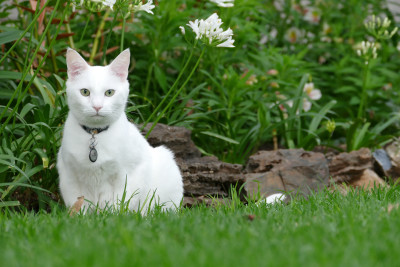
|
|||
|
Arguments: |
Arguments: |
Arguments |
Arguments |
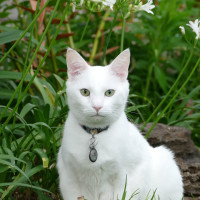
|
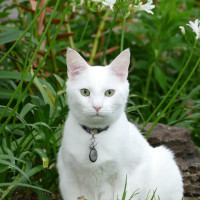
|
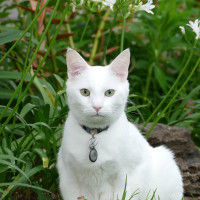
|
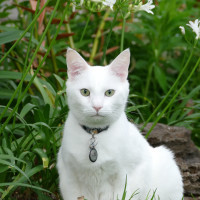
|
|
Arguments: |
Arguments: |
Arguments |
Arguments |
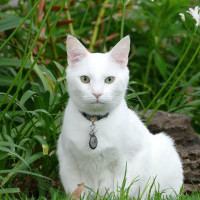
|

|

|

|
|
Example 3 |
|||
|
Original |
|||

|
|||
|
Arguments: |
Arguments: |
Arguments |
Arguments |

|

|

|

|
|
Arguments: |
Arguments: |
Arguments |
Arguments |

|

|

|

|
|
Example 4 |
|||
|
Original |
|||
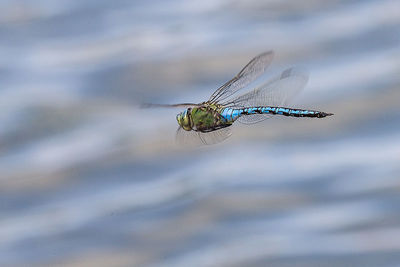
|
|||
|
Arguments: |
Arguments: |
Arguments |
Arguments |
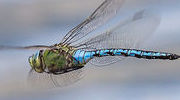
|
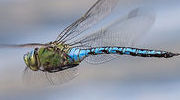
|
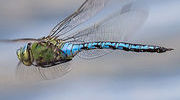
|
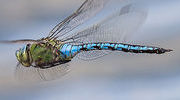
|
|
Arguments: |
Arguments: |
Arguments |
Arguments |
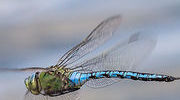
|
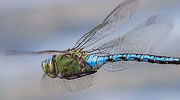
|
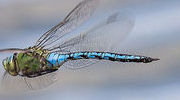
|
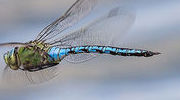
|
|
Example 5 -- Basic vs. Pyramid vs. FFT |
||
|
Original |
||

|
||
|
Arguments: |
Arguments: |
Arguments |

|

|

|
|
What the script does is as follows for metric=canny and search=basic:
This is equivalent to the following IM commands
|